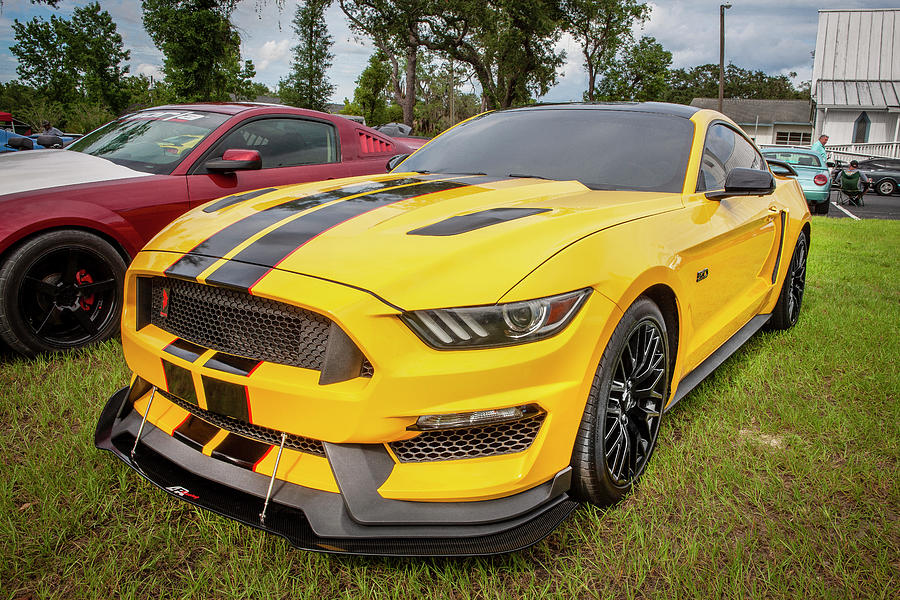

All necessary aluminum tubing, couplers, and clamps are included and routed through factory access holes to the front bumper-mounted 24-inch intercooler. CNC machined, powder coated mounting brackets securely mount the supercharger and divorced-belt drive components to the engine. No metal cutting, drilling, or welding is necessary. Tuning is required for proper operation of the system and can be acquired separately.Įach Mustang supercharger kit includes all necessary components for proper, 100% bolt-on installation that can be performed with basic tools. Optimal air/fuel ratio is ensured with Grams Performance OEM-fit 52lb/hr fuel injectors that plug-and-play thanks the included electrical plug adapters. The included supercharger oil cooler keeps operating temperatures low even in the roughest environments. To ensure things stay cool and lubricated, the supercharger contains an internal pump for circulating supercharger oil through its own separated system. The units efficient design ensures low operating temperatures, resulting in a cooler, denser air charge and lower intake air temperatures. This centrifugal unit delivers boost efficiently with zero boost lag or spiking that is common in other forms of forced induction. The unique frictional planetary-drive supercharger unit is the heart of each Kraftwerks supercharger system. The Coyote engine was designed to compete with the Chargers Hemi and the Camaros LS3 engines. This translates to over 500 rear-wheel horsepower! More power can be made with more aggressive aftermarket headers, exhaust, and tuning thanks to the highly capable C38-92 supercharger unit. 5.0L-V8 32 Valve DOHC Premium Custom Emblem S550 Coyote Platform Soler Performance Badge (Black - Red) Compatible with / Replacement for Ford Mustang GT and. In-house dyno tests have verified gains of 150+ wheel horsepower and 115+ pound-feet of torque on a stock Mustang. This kit further our coverage, built to fit the 2018 to 2021 model years.

If there are issues, they are usually easy to fix.Kraftwerks supercharger systems for the Ford Mustang 5.0L Coyote are proven to make horsepower while maintaining reliability. While there may be some issues with these Ford engines, overall the 5.0 Coyote engine is reliable and performs well. See Also – How Much Does a Muffler Delete Cost? Verdict: Reliable Used in: Ford Mustang GT, Ford F-150, Ford Falcon GT, and other vehicles.2018 through the present, combined direct and port injection.

Coyote engines (2011 – 2017) sequential multi-port fuel system.

According to, here are some of the common issues found in the Ford 5.0 Coyote engine when turbocharged or super-boosted. No engine is perfect, and the same can be said for Ford engines. See Also – 7 Symptoms of a Faulty Camshaft Position Sensor Issues With the 5.0 Coyote Engine Torque output increased from 390 to 400 pound-feet, at 4,250 rpm. The second-generation Coyote engine saw horsepower go up to 435 at 6,500 rpm. It resulted in a better air/fuel combination that offered improved fuel economy and lower emissions.
#COYOTE MUSTANG UPGRADE#
The biggest upgrade occurred in 2015 with the addition of charge motion control valves, which were highly advanced over the previous system. Several other minor upgrades improved performance. The VCT system was rebuilt to limit camshaft movement and to improve cold-start emissions. This new Coyote engine featured larger intake and exhaust valves. From 2015 through 2017, upgrades were focused on airflow and higher rpm. When the company switched to the Ti-VCT it changed the engine platform. The first-generation engines ran at 420 horsepower at 6,500 rpm. The manifold was made from light materials to keep the weight level down and absorb heat. Here’s How the New Coyote Engine Design Enhanced Performance.Īccording to, the first generation Coyote engines had a basic port fuel injection design, similar to modular engines.


 0 kommentar(er)
0 kommentar(er)
